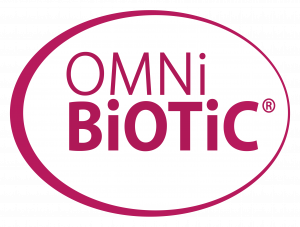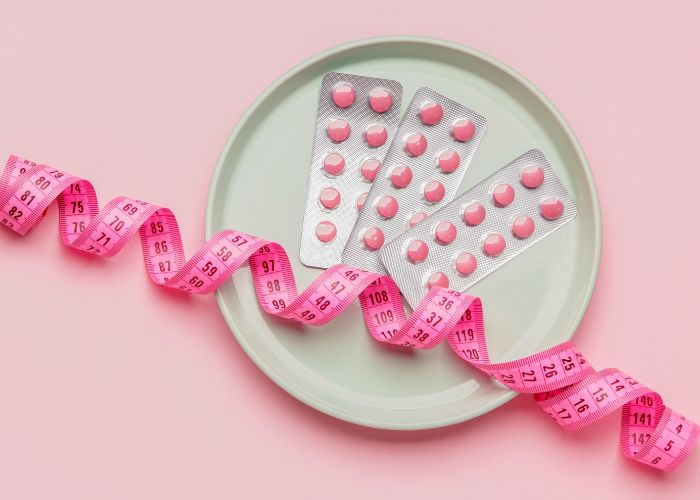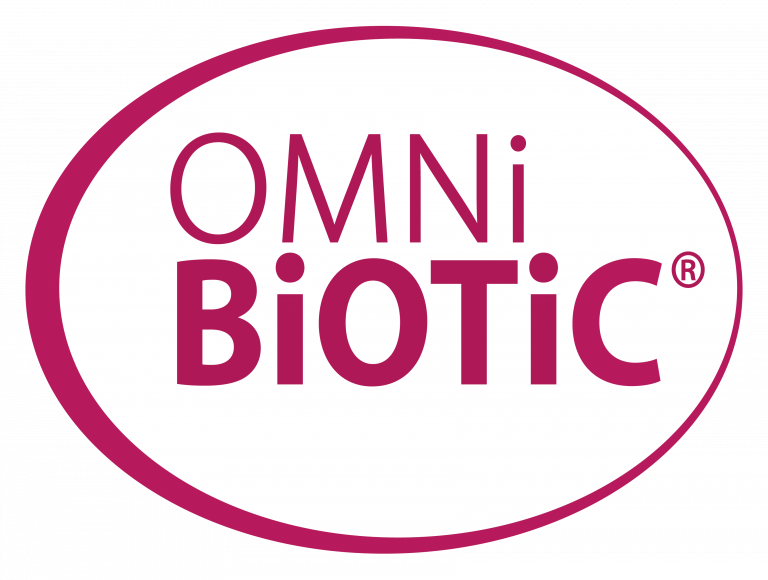The intestine and the liver are connected, as the intestine is the source of all those substances that are transported to the liver, then filtered and utilised by it. Conversely, this also means that an imbalanced intestine or an disturbed microbiome is the root of liver diseases. In an interview with “bauchgefühl” magazine, Assoz. Prof. Priv.-Doz. Dr. Vanessa Stadlbauer-Köllner explains the interaction between the two organs and provides an insight into current scientific findings that show the role probiotics can play in combating liver and metabolic diseases.

bauchgefühl: Liver diseases are on the rise. As with many other problems, the intestine is becoming the focus of interest when it comes to better understanding liver diseases and the development of new treatments. Could you start by explaining to our readers how the interaction between the gut and the liver works?
Prof. Stadlbauer-Köllner: With a size of well over 200 m², the intestine represents the largest contact surface of our bodies with the environment. The functional connection with the liver is that nutrients, vital substances, signalling molecules (cytokines) and bacterial components pass directly from the intestine into the liver.
This happens via the portal vein (vena portae), which collects the nutrient-rich blood from the digestive organs and then feeds it directly to the liver.
bauchgefühl: So what role does the microbiome play in this? How do intestinal bacteria influence the liver and metabolic health?
Prof. Stadlbauer-Köllner: Studies clearly show that a dysbiosis of the intestinal microbiome occurs in chronic liver diseases and in liver cirrhosis. These patients have a reduced diversity (variety) of beneficial bacterial species in the intestine – and at the same time an increased occurrence of pathogenic (harmful) germs that can cause an inflammatory reaction of the intestinal wall. As a result, the intestinal barrier (consisting of the intestinal microbiome, the mucous layer, the intestinal mucosal cells and the intestinal immune system) is disrupted.
The intestinal barrier becomes more permeable to substances that actually have no place outside the intestine. These include bacterial components (e.g. lipopolysaccharides, or LPS for short), which then enter the liver via the blood vessels of the intestine. The permanent influx of harmful substances can overload the liver and cause inflammation. This leads to disturbances in metabolism as well as the immune response.
bauchgefühl: Until about 40 years ago, the most common cause of liver disease was increased alcohol consumption. The proportion of fatty liver diseases is steadily increasing, currently about 30 % of the western population is affected, with an upward trend. However, the reason for this is not an increase in alcoholism, but – to put it simply – an increase in weight due to a lifestyle without sufficient exercise, and with a diet rich in fat and sugar. What challenges does this pose for medicine?
Prof. Stadlbauer-Köllner: The fatty tissue is closely connected to the liver and the metabolism. Messenger substances from the fatty tissue, especially from that on the abdomen, can negatively influence the sugar metabolism in the liver and trigger a form of diabetes.
This in turn leads to fat storage in the liver cells and therefore to fatty liver, which unfortunately can develop into fatty liver hepatitis or liver cirrhosis in some patients.
If the liver is pre-damaged and no longer performs adequately, bacteria and bacterial components can enter the entire organism via the bloodstream (bacterial translocation) and cause infections and organ damage in various different places in the body.
The increased incidence of infection can lead to further deterioration of liver function and the development of serious complications.
bauchgefühl: We had the pleasure of conducting an interesting interview with you for our readers a few years ago. At that time you were convinced that in the foreseeable future it would be possible to develop probiotics with very specific properties that could make progress in improving liver function in the case of cirrhosis. Were your expectations fulfilled?
Prof. Stadlbauer-Köllner: Our research group conducted a double-blind placebo-controlled study using a combined multispecies probiotic consisting of lactobacilli, bifidobacteria and lactococci. The probiotic was specifically designed to improve impaired gut barrier function, reduce inflammation in the gut and have an antibacterial effect.
In this study of 92 patients suffering from liver cirrhosis, treatment with the multispecies probiotic was shown to improve liver function and innate immune defence, and a trend towards fewer infections was also observed. The latter result is particularly important for patients with advanced liver damage.
bauchgefühl: In your research work, were you also able to understand why such outstanding results were achieved even for such seriously ill patients?
Prof. Stadlbauer-Köllner: Yes, we were indeed able to do so. We analysed the intestinal microbiome of these patients in detail and could determine that the composition of the intestinal flora improved significantly by taking the probiotic.
Among other things, there was an increased colonisation of various bacterial strains that produce important short-chain fatty acids (SCFA). These SCFA reduce inflammation in the intestine and improve the function of the intestinal barrier.
This means that fewer harmful substances enter the liver from the intestine, giving this organ the opportunity to regenerate. With the help of the multispecies probiotic, which was developed precisely for this purpose, it is therefore possible to positively influence the microbiome of patients with liver cirrhosis, strengthen the intestinal barrier and consequently improve liver function.

bauchgefühl: Liver cirrhosis is the final stage of all chronic liver diseases, manifesting in as many as one in 400 people in Europe every year. In addition, cirrhosis of the liver is now one of the ten most common causes of death in many industrialised countries.
In particular, metabolic syndrome is the cause of liver cirrhosis in many cases. Is it not possible to start at this point with probiotics so that the damage to the liver does not progress so far in the first place?
Prof. Stadlbauer-Köllner: That makes perfect sense, because diet and exercise in particular have a major influence on the microbiome. Metabolic syndrome, which has become a widespread disease, is closely linked to an unhealthy lifestyle.
Studies were also carried out on patients with metabolic diseases with exactly the same combination of bacteria, in a 50 % reduced dosage. They did not yet have any proven chronic liver disease, but such individuals often have a fatty liver and therefore a greatly increased risk of developing chronic liver disease.
In one study, which included 78 patients with type 2 diabetes who took the multispecies probiotic for three and six months respectively, a significant reduction in bacterial translocation and inflammation levels, as well as an improvement in various biomarkers of metabolism (blood glucose, blood lipids) were observed.
In another study of 81 obese women, the probiotics group also showed a significant reduction in bacterial translocation and an improvement in various important metabolic values (blood sugar, blood lipids, uric acid) as well as a decrease in dangerous abdominal fat.
My research group also reviewed the clinical efficacy of the probiotic in patients with type 2 diabetes, supplemented with a dietary fibre supplement: in the probiotic group, waist circumference decreased and intestinal barrier function and markers of fat and sugar metabolism improved.
Probiotics can significantly improve the microbiome and the intestinal barrier both in severe liver disease and already in pre-stages, which has a beneficial effect on the liver and metabolism.
So it is clearly proven that probiotics can significantly improve the microbiome and the intestinal barrier both in severe liver diseases and already in precursors, which has a beneficial effect on the liver and metabolism.
bauchgefühl: Thank you very much for the interview and good luck with your research on the microbiome!
*Dr. Vanessa Stadlbauer-Köllner is a specialist in internal medicine as well as gastroenterology and hepatology and is an associate professor at the Medical University of Graz.





























